|
Power Supply
|
Voltage
|
100-240 V AC, 220-240 V AC (Within ±10%)
|
|
Frequency
|
50/60 Hz (Within ±1%)
|
|
Consumption electric power
|
150 VA
|
|
Size
|
Dimensions (W x H x D)
|
370 x 85 x 455 mm; 382 x 91 x 489 mm (maximum)
|
|
Weight
|
10.7 kg
|
|
Classification(medical electrical equipment)
|
Type of protection against electric shock
|
Class I
|
|
Degree of protection against electric shock of applied part
|
TYPE BF applied part. Where no classification mark appears, the device is a TYPE BF applied part.
|
|
Degree or protection against explosion
|
The video system center should be kept away from flammable gases.
|
|
Observation
|
Analog HDTV signal output
|
Either RGB (1080/60I) or YPbPr (1080/60I) output can be selected. (For 100-240 V models)
Either RGB (1080/50I) or YPbPr (1080/50I) output can be selected. (For 220-240 V models)
|
|
Analog SDTV signal output
|
VBS composite (480/60I: NTSC), Y/C (480/60I: NTSC), and RGB (480/60I: NTSC); simultaneous outputs possible. (For 100-240 V models)
VBS composite (576/50I: PAL), Y/C (576/50I: PAL), and RGB (576/50I: PAL); simultaneous outputs possible. (For 220-240 V models)
|
|
Digital signal output
|
SDI (HD-SDI or SD-SDI), DV (IEEE1394), DVI (WUXGA, 1080P or SXGA) can be selected.
|
|
White balance adjustment
|
White balance adjustment is possible using the white balance button on the front panel.
|
|
AFI color balance adjustment
|
AFI color balance adjustment is possible using the AFI color balance cap in the AFI observation.
|
|
Standard color chart output
|
The “Color bar” or the “50% white” screen can be displayed.
|
|
Color tone adjustment
|
The following color tone adjustments are possible.
• Red adjustment: ±8 steps • Blue adjustment: ±8 steps • Chroma adjustment: ±8 steps
|
|
Automatic gain control (AGC)
|
The image can be electronically amplified when the light is inadequate due to the distal end of the endoscope being too far from the object.
|
|
Contrast
|
The image contrast can be set to one of the following three modes (N, H, L).
- N (Normal): Normal image
- H (High): The dark areas are darker and the bright areas are brighter than in the normal image.
- L (Low): The dark areas are brighter and bright areas are darker than in the normal image.
|
|
Noise reduction
|
Noise is corrected by image processing.
|
|
Iris
|
The auto iris modes can be selected using the “iris mode” switch on the front panel.
- Auto: The brightness is adjusted based on the brightest part of the central part and the average brightness of the periphery part.
- Peak: The brightness is adjusted based on the brightest part of the endoscopic image.
- Average: The brightness is adjusted based on the average brightness of the endoscopic image.
|
|
Image enhancement setting
|
Fine patterns or edges in the endoscopic images can be enhanced electrically to increase the image sharpness.
Either the structural enhancement or edge enhancement can be selected according to the user setup.
• Structural enhancement: Enhancement of contrast of the fine patterns in the image. • Edge enhancement: Enhancement of edges of the endoscopic image.
|
|
Switching the enhancement modes
|
The enhancement level can be selected from 3 levels (1, 2, and 3) using the image enhancement mode button on the front panel.
|
|
Adaptive IHb color enhancement
|
Enhances small differences in colors based on the IHb values in endoscopic images.
|
|
Switching the adaptive IHb color enhancement modes
|
The adaptive IHb color enhancement level can be selected from 3 levels (1, 2, and 3) using the color enhancement mode button on the front panel.
|
|
Displaying the Ihb chart screen
|
The IHb chart screen is displayed using the “IHb CHART” key on the keyboard. The IHb chart screen calculates the IHb value of each pixel in the endoscopic image and displays the IHb values in the corresponding positions in an image by representing the values using simulated colors.
|
|
Rainbow color correction
|
Avoid the color deviation caused by the time lag between RGB signals and ensure a stable, flicker-free image.
|
|
Image size selection
|
The size of the endoscopic image can be changed using the “IMAGE SIZE” key on the keyboard.
|
|
Freeze
|
An endoscopic image is frozen using an endoscope or the “FREEZE” key on the keyboard.
|
|
Pre-freeze
|
The image with the least rainbow color is selected from the images captured in the set time period before freeze operation and displayed.
|
|
Optical-digital observation
|
The optical-digital observation can be performed when using the endoscope and light source compatible with each optical-digital observation mode.
- NBI observation: This observation mode uses the narrow band observation light. • AFI observation: This observation mode uses the blue light.
- IRI observation: This observation mode uses the infra-red light.
|
|
Endoscope’s remote switches function
|
The functions of the remote switches on the endoscope can be set in the user settings.
|
|
Reset to defaults
|
The following settings can be reset to their defaults using the reset button on the front panel.
• Color tone (except AFI and IRI) • Iris mode • Image enhancement mode • Color enhancement mode • Optical-digital observation • Image size • Contrast
• Freeze • Release index • Electronic zoom • Optical-digital observation • Arrow pointer • Stopwatch • Characters on screen • PIP/POP
|
|
Documentation
|
Remote control
|
The following ancillary equipment can be controlled (specified models only).
• Monitor • DVR • Video printer • Image filing system
|
|
Patient data
|
The following data can be displayed in the endoscopic image screen.
• Patient ID • Patient name • Sex • Age • Date of birth • Date of recording (time, stopwatch) • Comments
|
|
Displaying the record state
|
The recording state of the following ancillary equipment can be displayed on the monitor.
• Portable memory and internal buffer • DVR • Video printer • Image filing system
|
|
Displaying the image information
|
The following data can be displayed on the monitor.
• Structure enhancement level • Edge enhancement level • Zoom ratio • Color mode • Focus
|
|
Advance registration of patient data
|
Up to 50 patients data can be registered.
• Patient ID • Patient name • Sex and age • Date of birth
|
|
Portable Memory
|
Media
|
MAJ-1925 (OLYMPUS)
|
|
Recording format
|
• TIFF: no compression • JPEG (1/5): approx. 1/5 compression • JPEG (1/10): approx. 1/10 compression
|
|
Number of recording images
|
• TIFF: approx. 227 images • JPEG (1/5): approx. 1024 images • JPEG (1/10): approx. 2048 images
|
|
Memory Backup
|
User settings
|
Up to 20 user settings can be registered.
|
|
Memorization of selected setting
|
The following settings are held in memory even after the video system center is turned OFF.
• Color tone • Iris mode • Enhancement • Color enhancement mode • Contrast • AGC • Color mode • White balance
|
|
Lithium battery
|
Life: 5 years
|
 CV-290_Brochure_EN
CV-290_Brochure_EN



 Microsystem
Microsystem Endoscopysystem
Endoscopysystem Energysystem
Energysystem EndoscopyConsumables
EndoscopyConsumables +86-21-54286005
+86-21-54286005 
 Room 602, Building 1, No. 111 Luxiang Road (Greenland Park Plaza), Baoshan District, Shanghai, China
Room 602, Building 1, No. 111 Luxiang Road (Greenland Park Plaza), Baoshan District, Shanghai, China  English
English
 中文
中文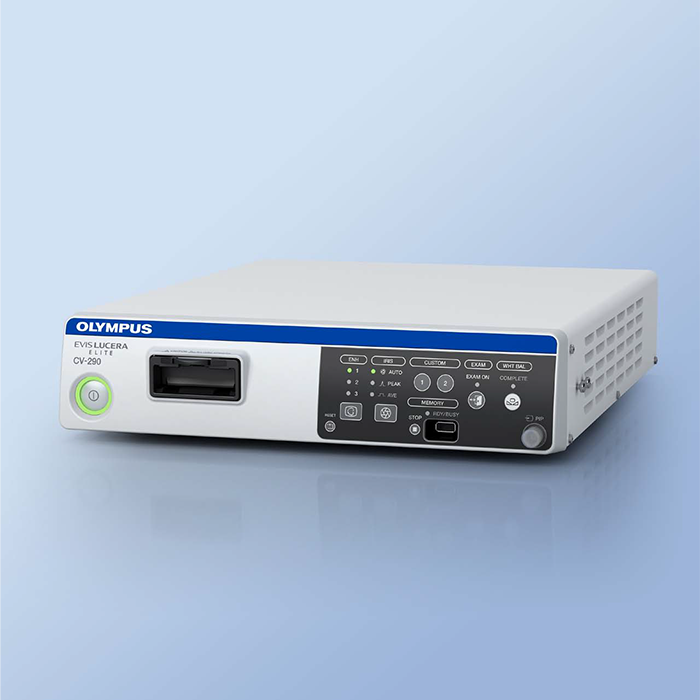
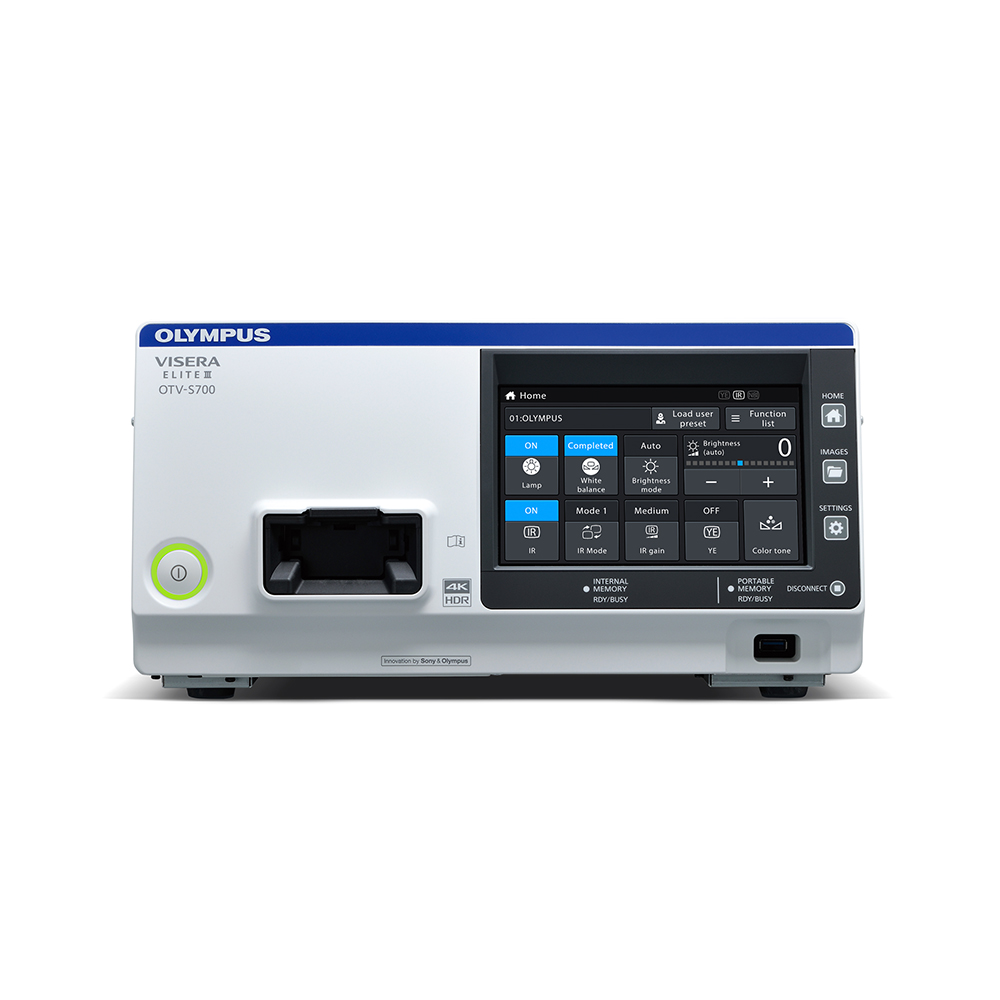


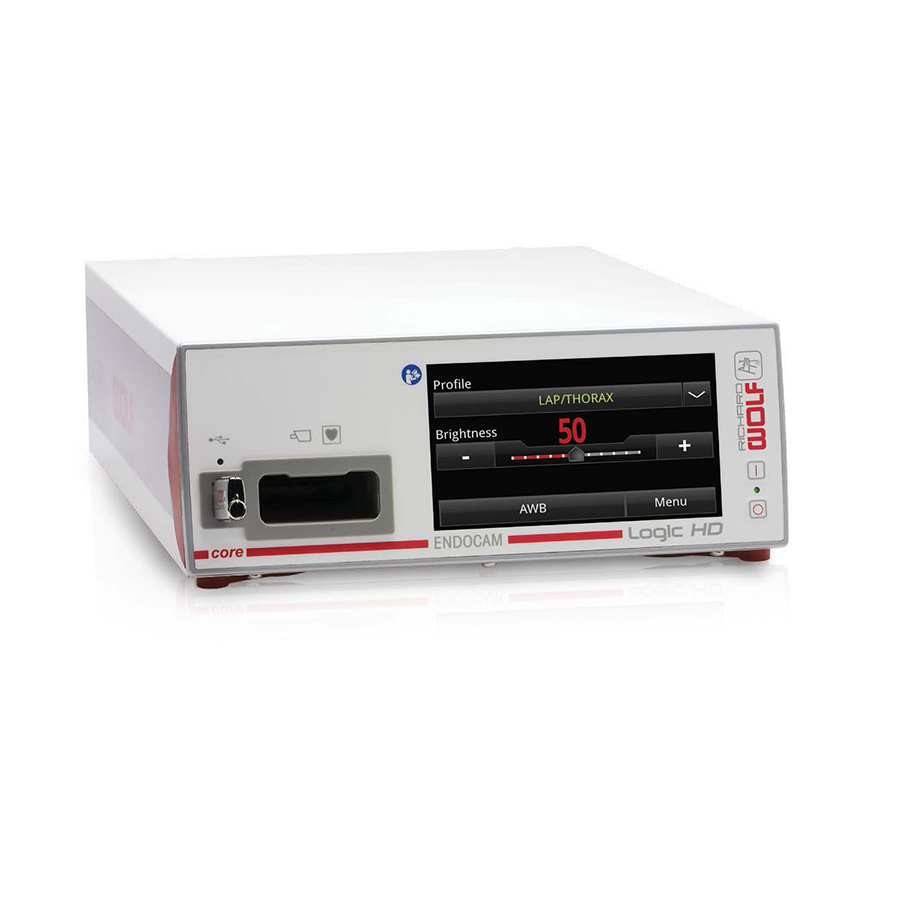
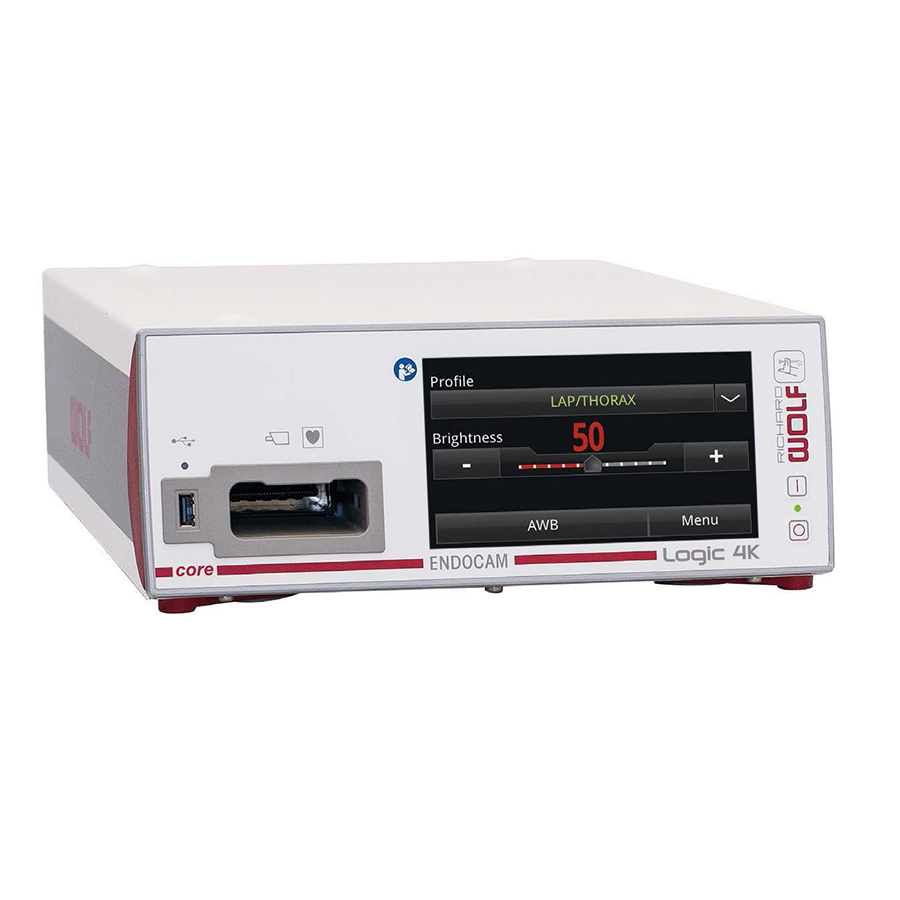




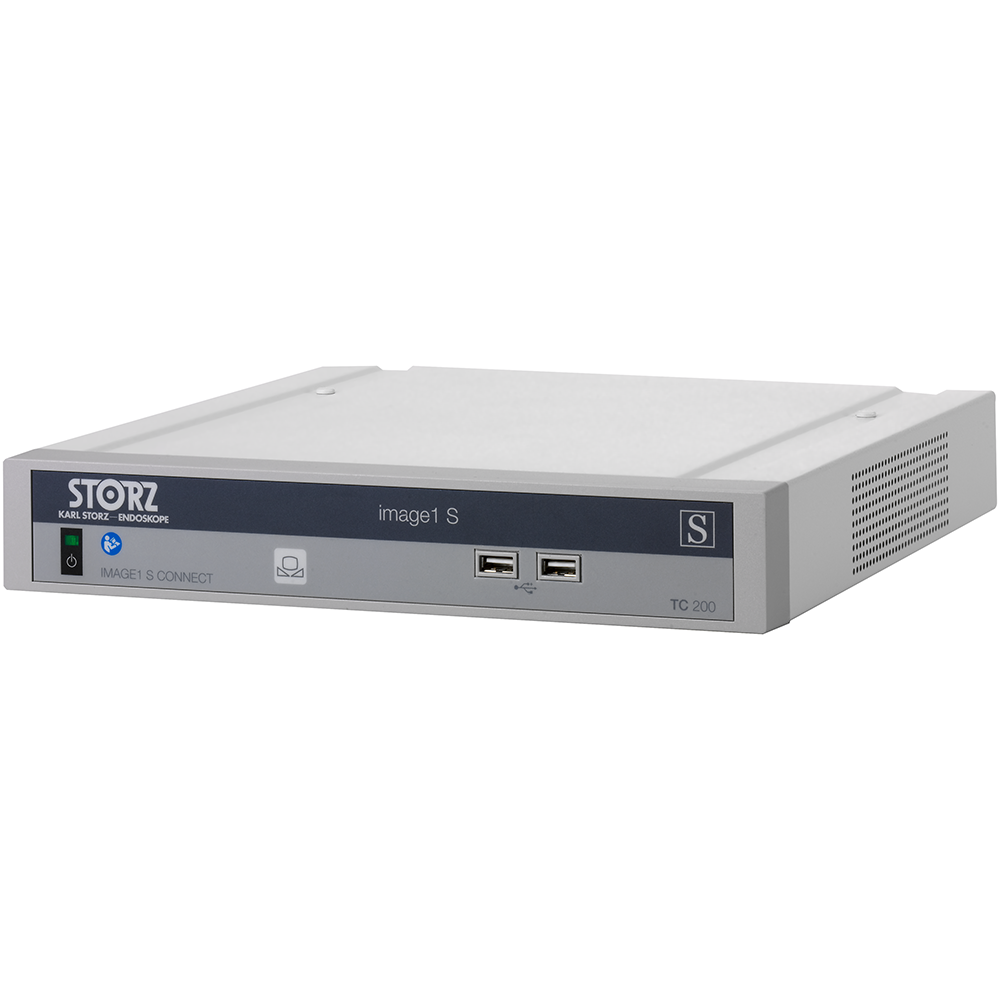
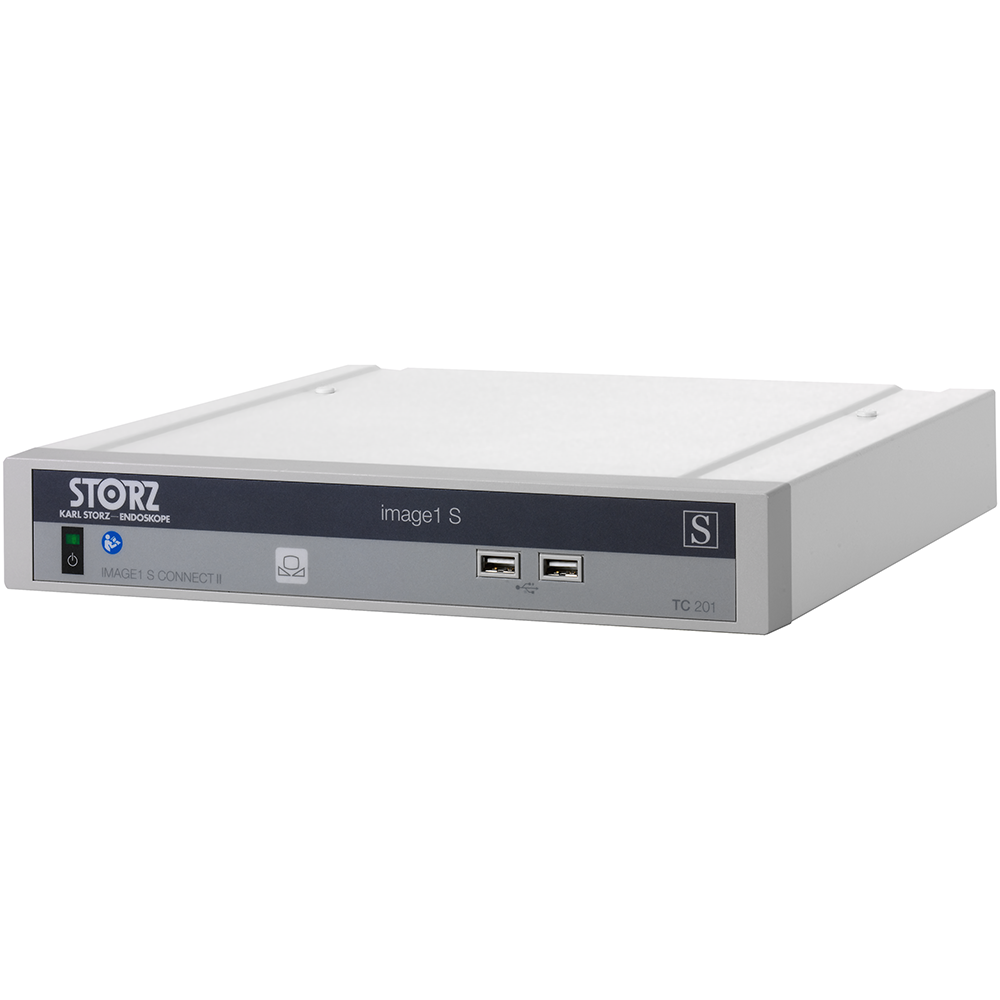
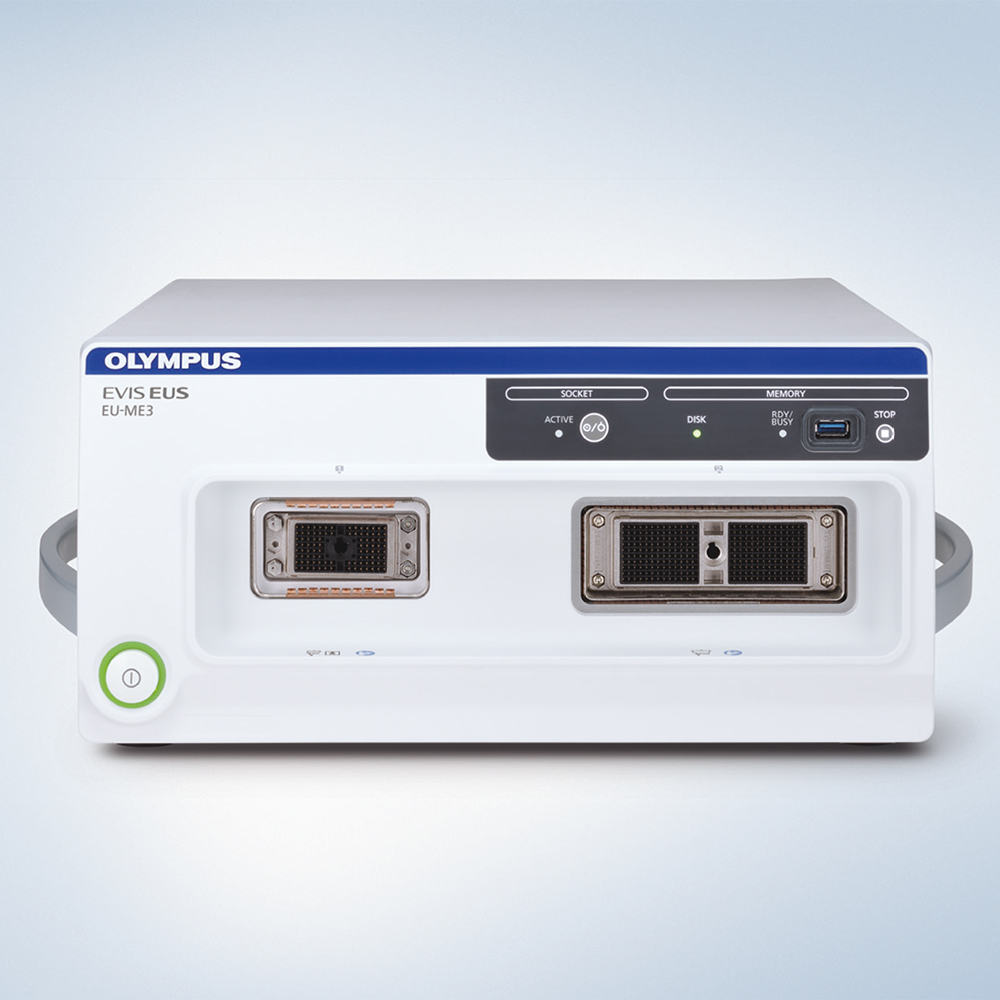
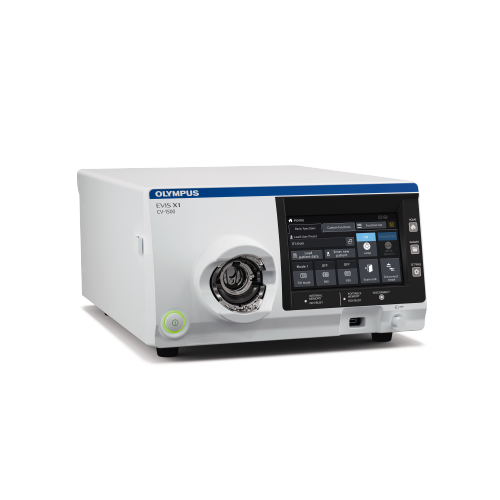
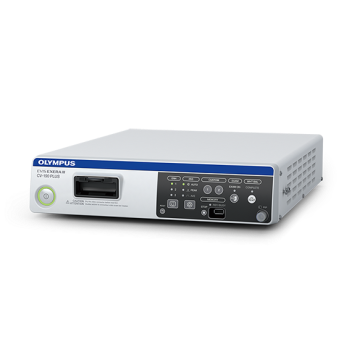
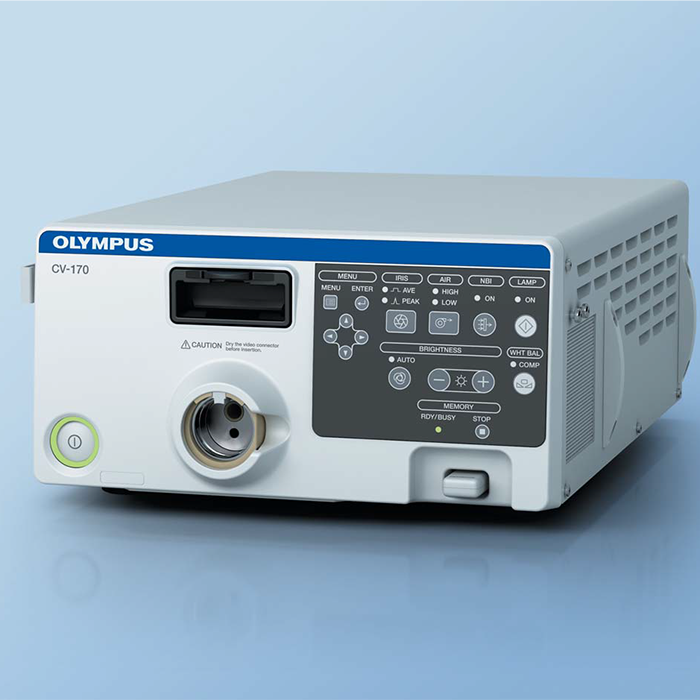
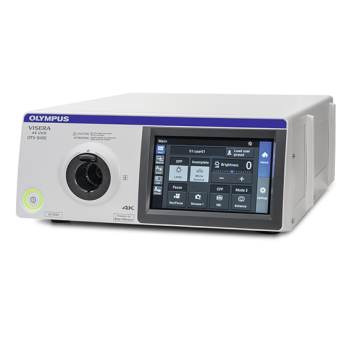
 中文
中文 English
English